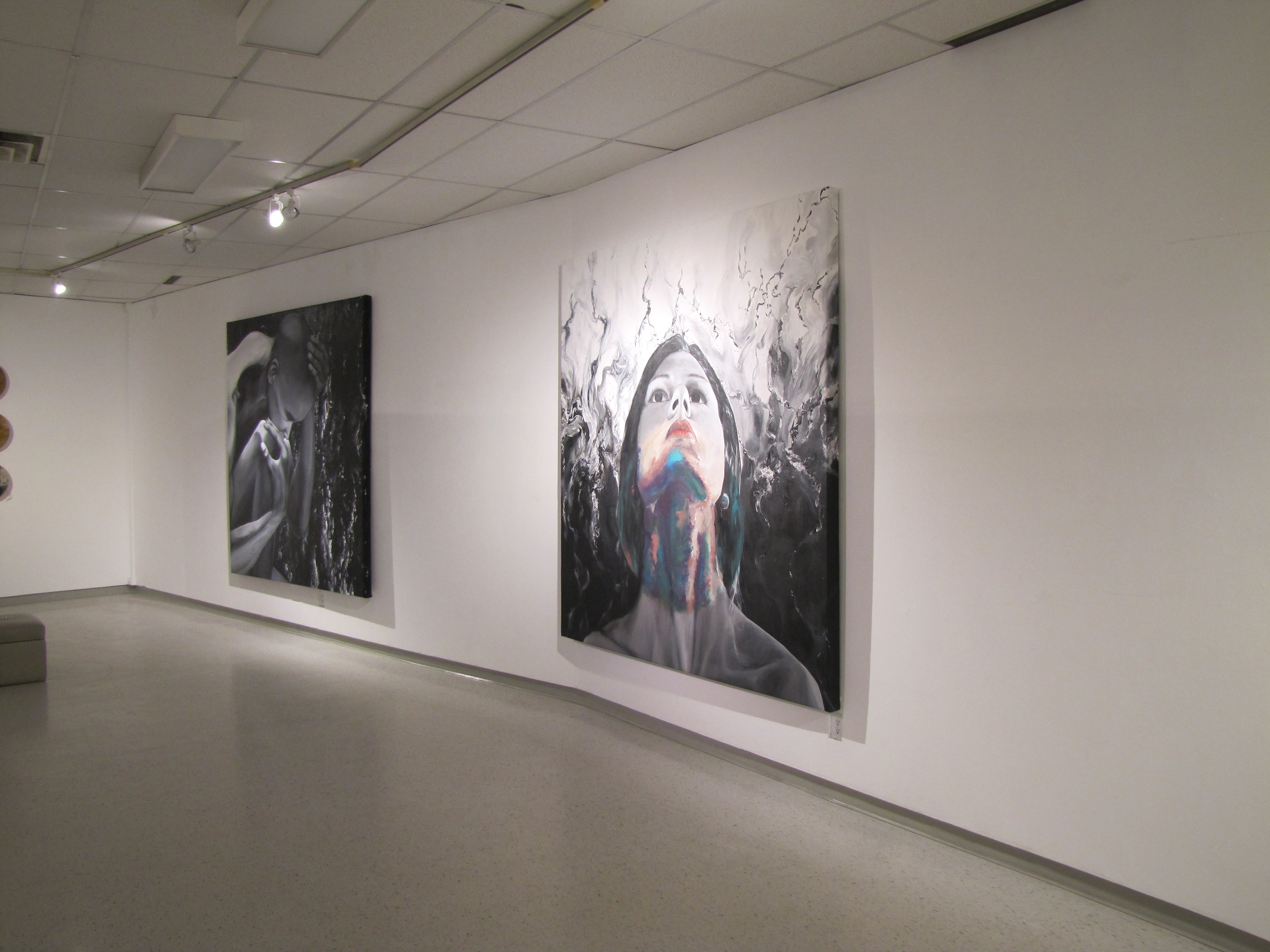In 2015, the University of Saskatchewan started a grand experiment with LEDs. With the cost of LED bulbs decreasing and their flexibility in terms of lighting requirements, there’s never been a better time to start making the switch. Throughout last year, Facilities Management – with the help of the Campus Sustainability Revolving Fund – was able to expand LED usage around the university in a series of pilot projects to test their effectiveness. Now in 2016, armed with a dashboard full of results and the resources of the Energy Action Plan behind them, FMD is poised to continue these changes with the aim of transitioning campus to as much LED lighting as possible.

Once considered an expensive and niche option for lighting efficiency, LEDs have fast become the new standard in energy efficient lighting after advancements in the technology and cost decreases. LEDs use at least 75% less energy and last 25 times longer than traditional incandescent lighting. They also produce very little heat compared to incandescent and CFL bulbs (which release about 90% and 80% of their energy respectively as heat) and they are available at a wide variety of colour temperatures that allow them to adapt well to almost any lighting needs. Finally, from an environmental perspective they are entirely free of toxic chemicals and 100% recyclable, making them the clear sustainable choice for the university.
As the accessibility of LEDs increased, 2015 became the year of experimental lighting at the U of S. The creation of the Campus Sustainability Revolving Fund was the first step in being able to facilitate smaller sustainability projects, especially those that are sponsored by departments or staff members. The Gordon Snelgrove Art Gallery was the first area on campus to take advantage of the fund by replacing all of its lighting with LED equivalents. The success of this project was helpful not only in looking at the basics of LEDs retrofits, but also identifying how to maintaining specific lighting needs for individual spaces (the art gallery hosts a rotating schedule of exhibits, all with different lighting color and intensity needs).
Following the art gallery’s success, small pilot projects were also conducted in the Agriculture and Health Science parkades to test LED lighting for safety and visibility considerations in enclosed spaces. These changes were subject to an incredibly warm welcome after they drastically increased parkade light levels while extending the life of these hard to change bulbs.
These successful pilot projects have been the spark that Facilities Management Division needed to push through 2016 with a full lineup of lighting audits and retrofits to help increase the energy efficiency of the university. This effort is the first phase of the university’s Energy Action Plan (EAP), which will also see recommissioning take place for aging buildings on campus in addition to the implementation of an Energy Management Information System (EMIS) that will help us make our energy usage on campus more transparent and data driven. The EAP’s lighting project includes a large-scale lighting audit and retrofit that is already underway at the U of S, where each building on campus will be assessed and retrofitted with new energy efficient LED bulbs to replace their aging counterparts.
This process will be a long one, as special considerations need to be taken for how to refit outdated fixtures with LED bulbs or how to account for specific lighting needs in offices around campus. To help in this effort, the Office of Sustainability employs interns in addition to Facilities Management’s own engineers and tradespeople to help assess how to roll out these retrofits on campus. Our students have been hard at work travelling across campus to count light bulbs, fixtures, and inventory light levels. There is a surprising amount of information that goes into institutional lighting, and supplying FMD’s electrical engineers with the information they need is the first step to making a physical change.
With our employees and interns hard at work and the first phase of the EAP well underway, we hope to see LEDs making headway across the university by the summer. For many students, their return to school in the fall will be highlighted by longer lasting and more efficient LED lighting in classrooms, common areas, and office spaces. For now, we’re taking the time this Energy Conservation Month to recognize the effort that goes into these changes while getting excited to see their work come to fruition. The future of lighting at the U of S is bright and eco-friendly.